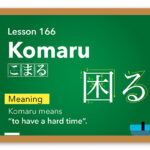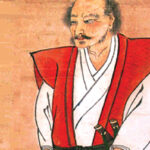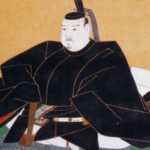.
May 15, 2022 marked the 50th anniversary of the return of Okinawa to Japanese sovereignty. To honor the occasion, NHK’s morning drama series (asadora) is currently running “Chimudondon,” a story about an Okinawan girl who dreams of becoming a western cuisine chef. While the occasion was cause for celebration in Japan, what do we Americans really know about Japan’s southernmost prefecture?
Many Americans probably know Okinawa by its association with the 1945 Battle of Okinawa, which was fought on the Ryukyu Islands of Okinawa Prefecture. It was World War II’s largest amphibious assault in the Pacific War. When World War II ended, Okinawa was placed under U.S. administration for 27 years. It wasn’t until 1972 that the islands were finally returned to the Japanese. The U.S. still maintains a large military presence in Okinawa.
.
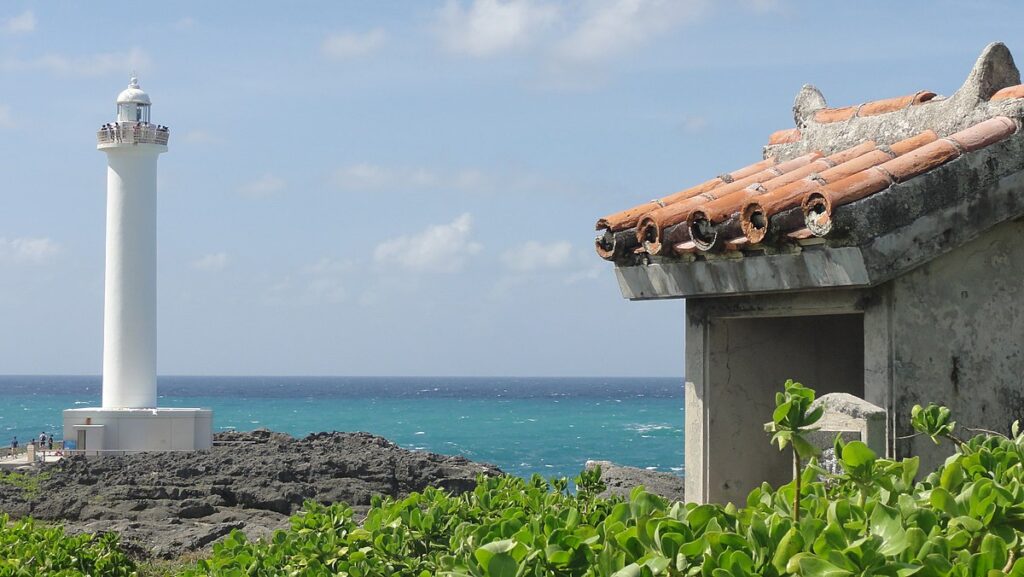
.
Okinawa Prefecture consists of hundreds of islands known as the Ryukyu Islands, which span a distance of 620 miles (998 km). Okinawa Island is the largest, encompassing 464 square miles (1,201 km²). The inhabited islands are divided into three groups. They are the Okinawa Islands (Iejima, Kume, Okinawa Island, and Kerama Islands), Miyako Islands (Miyako-jima) and Yaeyama Islands (Iriomote, Ishigaki, and Yonaguni). Naha, Okinawa’s capital, is located in the southern part of Okinawa Island. With its warm weather and sandy beaches, Okinawa is often considered the Hawaii of Japan.
.
During the Ryukyu Kingdom era, from the 15th century to the 19th century, various cultures were integrated into the Okinawan culture. There are traces of Chinese, Thai, and Austronesian (Indonesia, Malaysia, Philippines, Brunei, Micronesia, and Polynesia) influences. Although standard Japanese is almost always used in formal situations, the actual traditional Okinawan language is still used in traditional folk music and dance.
Situated in the Nakagami District, just 17 miles (27 km) north of Naha is Yomitan Village. Fierce fighting took place here during World War II. Yomitan is mainly an agricultural and crafts village, with its economy supported by crops such as chrysanthemums, sugar cane, and sweet potatoes. The village attracts many tourists with its beautiful and largely unspoiled beaches as well as its folk arts, which include pottery and glass blowing.
Yachimun pottery has existed in Okinawa for over 300 years. There are two categories: the unglazed Arayaki ware and the glazed Joyaki ware. Once a year, Okinawa’s most famous pottery fair takes place where handmade Yomitan Village shisa, pots, vases, cups, sake jars, and more are on display and for sale. The Okinawan art of glass blowing, known as Ryukyu glass, is famous and popular with both Japanese and foreigners alike. The origin of Ryukyu glass can be traced back to the Meiji era. In those days, people used the art of glass blowing to construct glass bottles for medicine and parts for lamps. After World War II, glass craftsmen began to produce glass products for American soldiers in Okinawa. Today, it is a very important part of Okinawan culture.
.
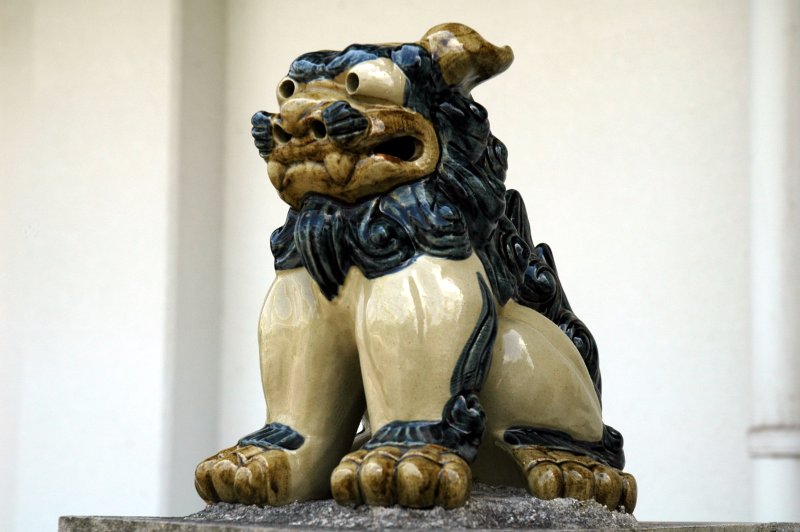
.
Yomitan is also home to multiple UNESCO World Heritage Sites including Zakimi Castle, which was constructed between 1416 and 1422. It is in ruins, but the foundations and walls have been restored. Before and during World War II, the castle was used as a gun emplacement by the Japanese. After the war, U.S. forces utilized the castle as a radar station, destroying some of the walls in the process of installing the equipment. There is a small museum next to the parking lot with displays of local art and folk craft. The museum does not focus on the castle in particular, but rather gives a general perspective on the local community, including exhibits of archaeological relics, dwellings, funerary customs, and the war.
Sharing the UNESCO designation is Nakijin castle, which is located on northern Okinawa’s Motobu Peninsula. It was constructed between the late 13th century and the beginning of the 15th century. The castle was strategically built on a hill, where it was well defended by natural elements such as the river, cliffs, and a deep valley. It was the residence of the Ryukyuan Kingdom governor and currently lies in ruins. Nearby is the Nakijin Village History and Culture Center with a small museum displaying items unearthed on the castle grounds such as Chinese pottery, coins, and documents. There are also exhibits about everyday life and culture of Nakijin Village.
.
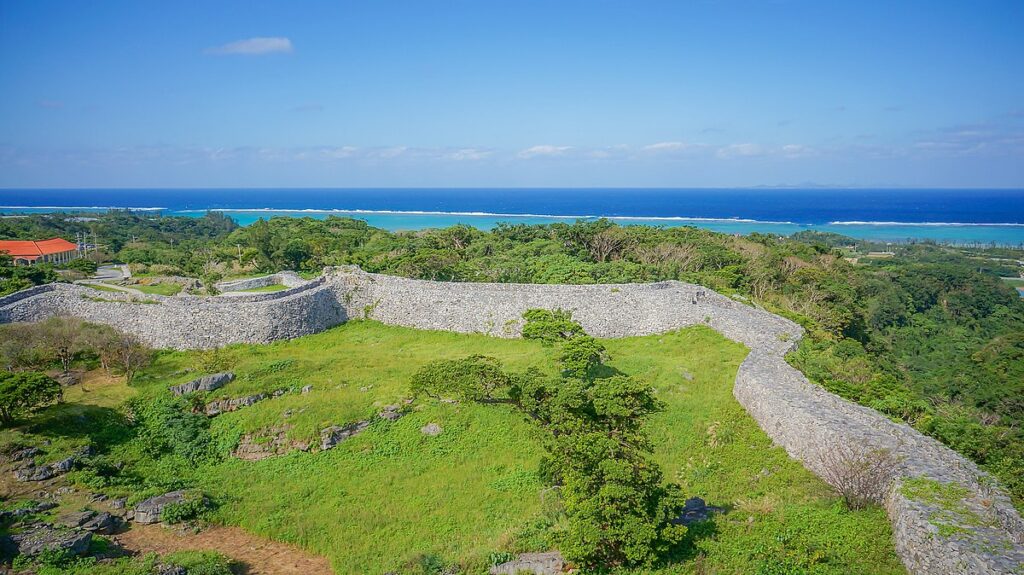
.
.
.
.
.
『Kristine’s Eye on Japan: Introduction to Japanese Culture』
Writer: Kristine Ohkubo
.
.
.
(6/6/2022)

